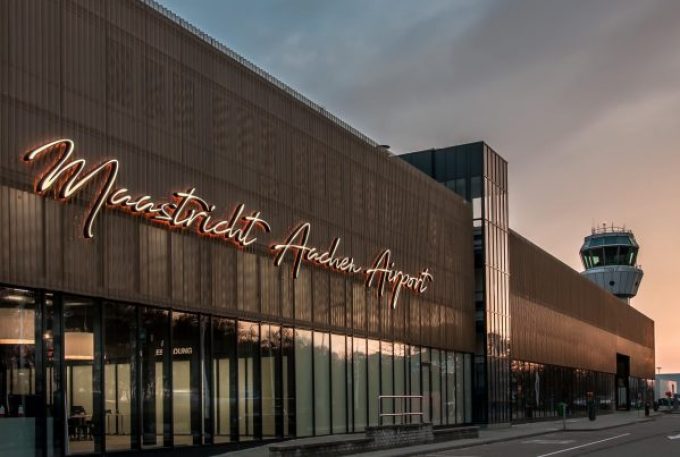What on earth is going on at Schiphol?
The Dutch cargo community is up in arms at the apparent refusal of Schiphol Airport ...

With disarray at Schiphol Airport (AMS) over slot restrictions, which have hampered freighter operations, shippers and forwarders think Maastricht (MST) could be an attractive alternative – with the proviso that it needs investment and more connections.
“We see continued uncertainty about the number of slots at Schiphol Airport. Airlines, forwarders and shippers are looking for alternative uplift capacity in the region,” Maarten van As, MD of Air Cargo Netherlands, told The Loadstar.
And CEO of Maastricht Airport, Jonas van Stekelenburg, had told The Loadstar on the sidelines of the IATA WCS last week that Maastricht was aiming to present itself as the main alternative to Schiphol.
He explained that AMS is a 40% stakeholder in MST and it and Schiphol are planning to optimise their operations together. They are a two-to-three-hour drive apart.
“This is a great location for forwarders that want to make use of the Schiphol systems,” said Mr van Stekelenburg. “We have the same customs and food and consumer product safety authority, and this makes it all very interchangeable.”
Mr van As added: “There are cooling and freezing facilities available [at MST] and a certified pharma facility. The airport carries out the handling itself, but there is also a second line handler, Maastricht Logistics Services (MLS).”
Lars Droog, director of a Dutch pharma company, told The Loadstar: “Because MST is a relatively small airport, it can offer customised handling solutions. There is also not much congestion, so shipments are handled very quickly.”
However, “there are some big competitors nearby – Liege, Frankfurt, Brussels, etc”, noted a spokesperson from Dutch pharma company evofenedex.
“For a global supply chain, the focus of shippers is north-west Europe… If a plane goes to Liege, for example, that relatively short ‘last mile’ for trucking is peanuts, so Maastricht has to put a lot of effort to become more attractive, in my opinion,” the spokesperson added.
MST is 40%-owned by Schiphol and 60% by the local administration, and the two shareholders have injected €70m of investment into Maastricht Airport. Mr van Stekelenberg told The Loadstar around €30m had been used to renovate the runway and the remainder had gone into infrastructure, such as warehouses and platforms.
“There’s no excuse not to use Maastricht,” he said.
The runway, highlighted as a main drawback by Mr van As, Mr Droog and evofenedex, will be extended from 2,500m to 2,750m. It will be ready for use in Q1 25 and will be a major factor in boosting MST’s attraction.
However, it still can’t offer the same networks as its larger counterpart, Schiphol. Mr Droog told The Loadstar: “The location is good as it’s near some main industry locations and thus exporters and importers. MST, however, cannot compete with AMS in respect to available capacity to worldwide destinations.”
And the spokesperson for evofenedex, agreed, telling The Loadstar: “Due to it being a small airport, the direct connections are minimal… The big advantage for Schiphol is that it has both passengers and freight, so the network is bigger and full freighter capacity is supported by belly capacity.”
The spokesperson added: “If MST wants to grow and become a serious alternative it needs time, more connections and a bigger operation/name.”
Meanwhile, they said: “We hope Schiphol will improve and defend the position of cargo. That should be the main hub for cargo in the Netherlands. MST can be an alternative for some air freight, but not for all full freighters.”
AMS handled some 1.37m tonnes of air freight in 2023, while MST handled just over 32,000 tonnes across the same period, despite its current annual capacity of just over 200,000 tonnes.
Comment on this article